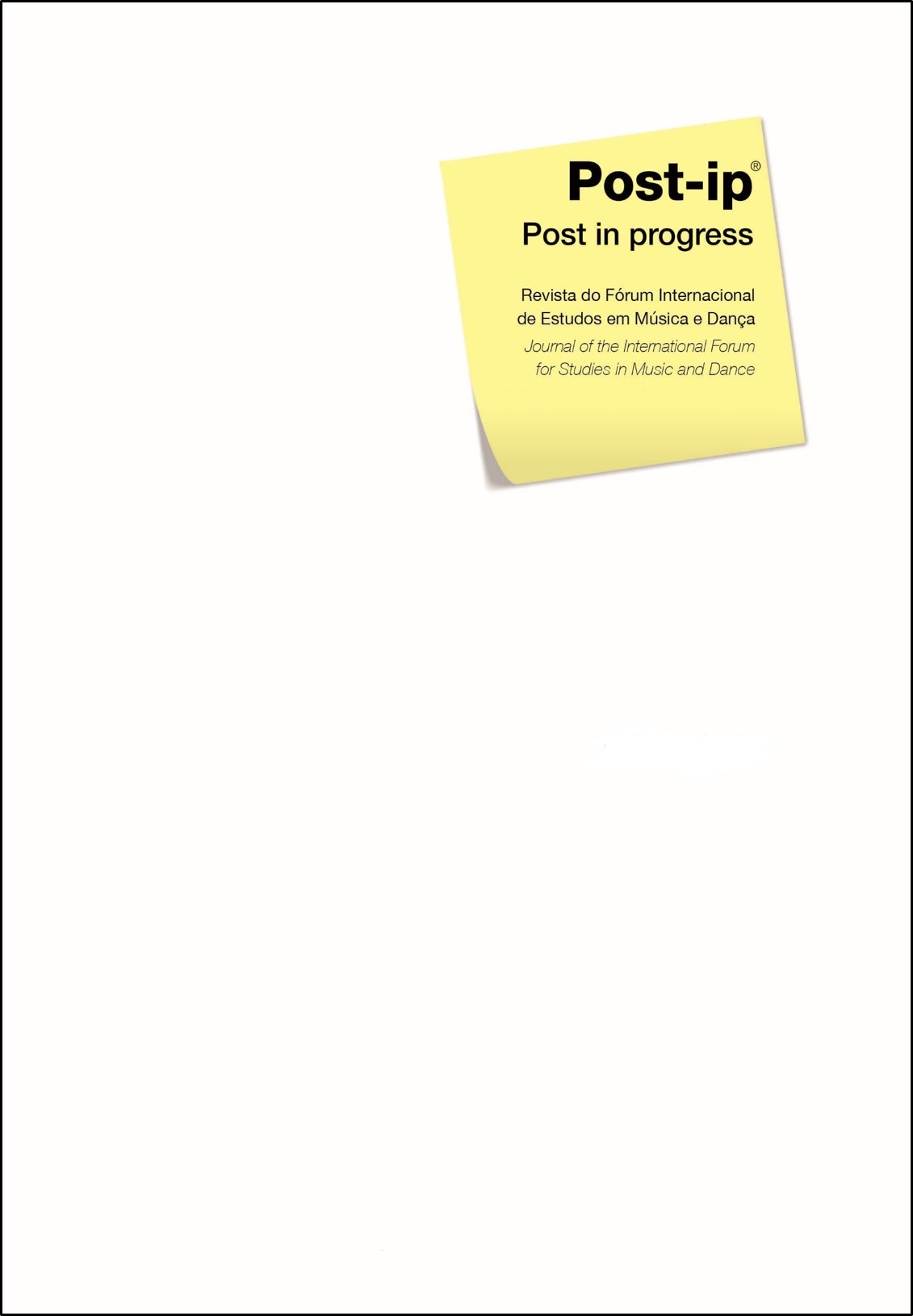It is not that easy! The crossmeter genres in Flamenco
Resumo
It is often said in Spain that Sevillana and Fandango de Huelva are music genres in triple time (3/4), but this is, at least, a half truth, such as describing a period of a year as a mere succession of days, without mentioning weeks or months. In 1966, the musicologist Hipólito Rossy put us on the trail of the real metric structure of Sevillana: "The most particular of sevillanas is the rhythmic combination. The singing is clearly in binary meter, while dancing is in ternary" (1998: 265). After Rossy, this combination has also been identified in Fandango de Huelva by Fernández (2004) and Hurtado (2009), as well as relating to Jota by Manzano (2007) and Castro (2014). At the same time, it has been one of the main issues of my musicological research on Flamenco, recently published as a digital audiobook (Jiménez de Cisneros 2015). In this article (originally presented as a lecturerecital), we will identify through embedded audio clips and graphic examples the binary and ternary elements displayed in Sevillana and Fandango de Huelva, the crossmeter genres of Flamenco, focusing on the guitar accompaniment and the melodic design. Through a pulselevel analysis, we will also look at the metric hierarchy between these elements, leading us to the crossmeter formula, which involves an alternative interpretation of compound meter. Finally, some characteristic hand clapping patterns will be included, so as the reader can approach these puzzling genres from the same point of view of the performer.





